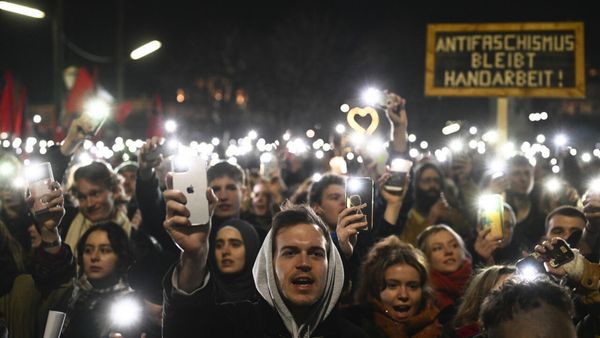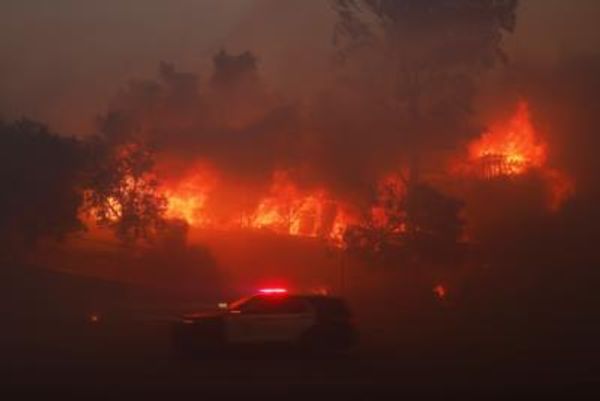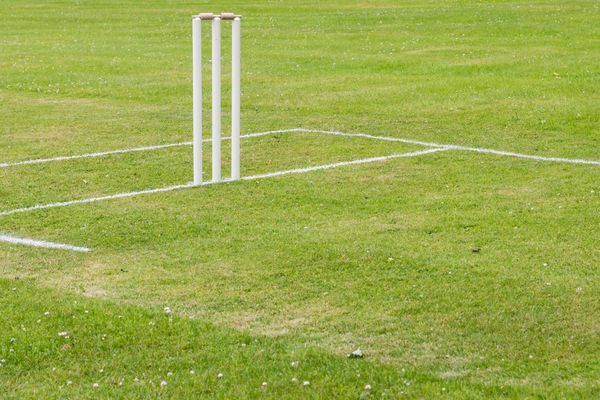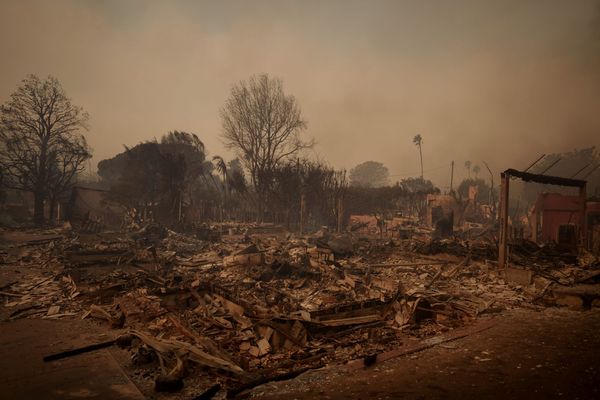
As the clock strikes midnight to end the last day of every year, people in Japan stream into Shinto shrines and Buddhist temples for Hatsumode, the first prayer of the year. The country’s most well-known religious institutions are expected to be inundated with long queues of visitors from near and far, quietly seeking best wishes for the year ahead.
To the surprise of many, Hatsumode is a practice just a little more than a century old. While people visited nearby religious institutions on New Year’s Eve during the Edo Period (1603-1867), it was not until 1885 that the word Hatsumode made its first media appearance, on the Tokyo Nichi Nichi Shimbun. A new railway stop near Kawasaki Daishi temple in Kanagawa prefecture made a one-day trip to the temple possible.
Hatsumode became a battleground for various railway companies in Japan as new lines serving big shrines and temples on the outskirts of major cities opened up. Kawasaki Daishi and Shinshoji Temple near Narita International Airport saw three million visitors for Hatsumode every year, on the backs of railways ferrying passengers from central Tokyo. For those who want to stay away from the crowds, they can take dedicated trains to see the first sunrise of the year.

It is not only in Japan that railways are attempting to find new sources of revenue from New Year’s celebrations. In December 2020, Taiwan Railways Administration unveiled a new train, the Future Express, dedicated to New Year’s travel packages. Long-time luxury train operators, such as the Eastern and Oriental Express between Bangkok and Singapore, are serving up new journeys that entice those who want to spend their New Year’s on the go.
Indeed, railway companies have found that they can simply find new revenues by running trains more frequently and later into the night (or the morning after) during New Year’s holidays. Indian Railways is running special trains at the end of the year to make sure revelers attending Christmas and New Year’s parties can get home easily. Even metro and commuter rail systems serving major cities like Singapore and Jakarta are running more trains later on New Year’s Eve to meet the needs of those staying out late.
Trains across Asia play a central role in the average citizen’s New Year’s experience, not for short-term tours and parties, but the humble wish for a reunion with loved ones. Rather than running to boost revenues, the New Year’s trains, in these cases, have become part of the holiday experience for millions rushing home.
In many cases, the massive crowds on trains have come to symbolize the New Year. Railways play a central role in chunyun, China’s three-billion-people annual migration to return home for Chinese New Year. Crowded trains also featured prominently in travels for Songkran, the Thai New Year, and Tet, the Vietnamese Lunar New Year, before Covid-19 dramatically curtailed demand. For the majority of urban residents heading back to their hometowns, the railway system has become the go-to means for long-distance transport, balancing convenience, low cost, and availability.

In 2022, train travel will only become more commonplace for many people and strengthen its importance for both short- and long-haul transport. The end of 2021 saw Vietnam welcome its first urban railway in Hanoi, Laos getting its first cross-border train, and Bangkok bidding goodbye to its century-old main train station. Indonesia is likely to welcome its first high-speed railway and eight different new railway projects are set to begin operations in the region surrounding the Philippine capital of Manila. These new rail lines will surely carry more people to parties and homes during New Year’s for years to come.
Asia’s history of railways began in 1853 when the first passenger train ran from Mumbai (then Bombay under British rule) to its suburbs. Many other countries in Asia have seen railways become an integral part of society. They are especially important during New Year’s, sending millions to prayers and sunrises, fellow partiers, and loving families. Traditions like Hatsumode became popular thanks to extensive railway networks. Many other Asian countries are catching up.
READ NEXT: Will Taiwanese Cuisine Sustain Its Popularity in Japan?
TNL Editor: Bryan Chou, Nicholas Haggerty (@thenewslensintl)
If you enjoyed this article and want to receive more story updates in your news feed, please be sure to follow our Facebook.







